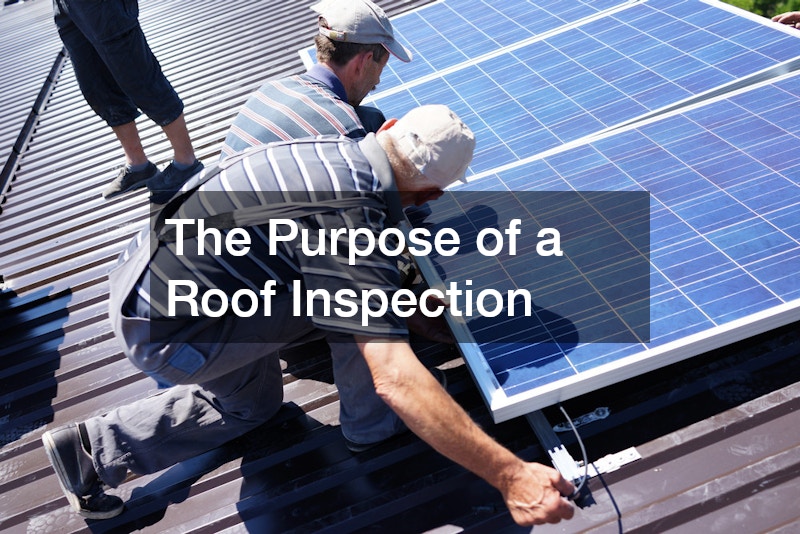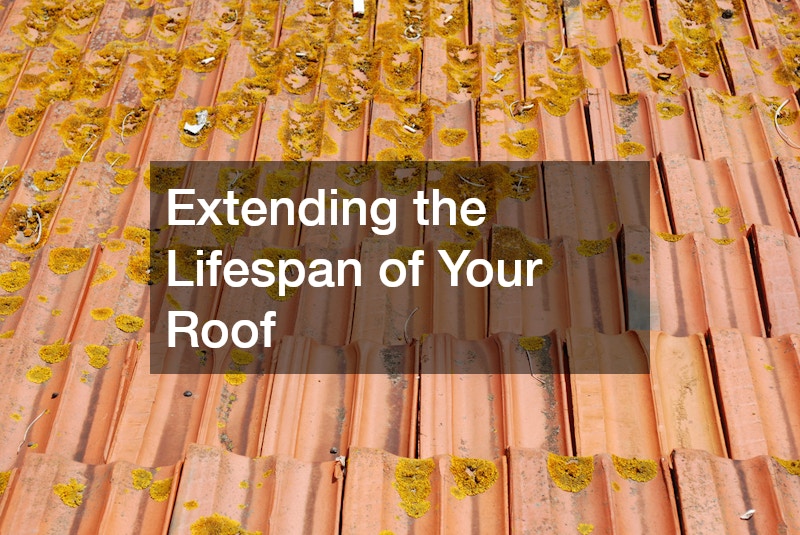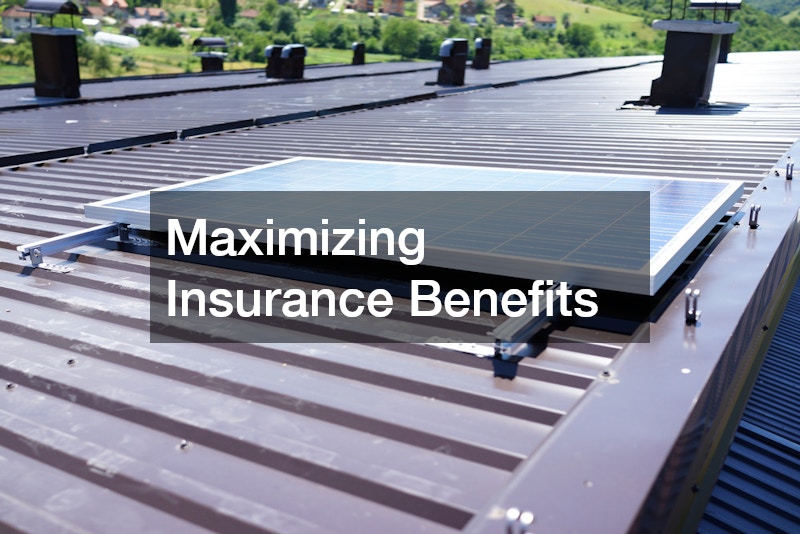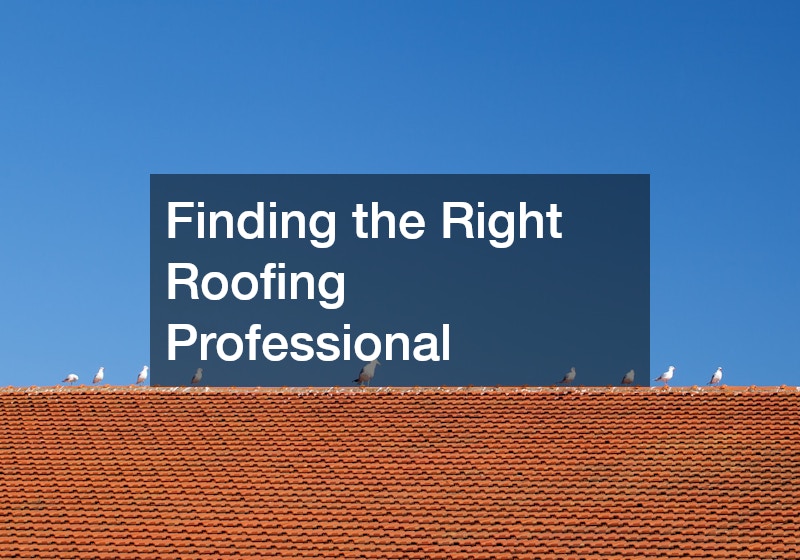Your roof is one of the most important investments you’ll ever make in your home, yet it’s often the most neglected. Many homeowners don’t think about their roof until a problem surfaces — a leak after a storm, missing shingles after heavy winds, or water stains creeping across the ceiling. Unfortunately, by that time, the damage has already spread, and the repair costs can skyrocket.
The truth is simple: regular roof inspections can save you thousands of dollars over the life of your home. With the right schedule, professional help, and advanced roof inspection tools, you can catch small issues before they grow into expensive disasters.
This guide explains exactly why consistent roof inspections matter, what professionals look for, and how they protect your home, your budget, and your peace of mind.

1. The Purpose of a Roof Inspection
A roof inspection isn’t just a quick glance from the ground or a look through binoculars from the street. It’s a thorough, systematic assessment of your roof’s materials, structure, and functionality. Professionals use specialized roof inspection tools to identify subtle signs of wear and tear that are invisible to the naked eye.
A proper inspection checks every key component: shingles, flashing, gutters, soffits, vents, and even attic ventilation. This process ensures the entire roofing system is functioning together as it should. With technology and precision instruments, roofers can detect weaknesses long before they become structural issues.
What Roofers Look For
A trained eye and advanced roof inspection tools can detect problems such as:
-
Water infiltration – Moisture trapped beneath shingles or underlayment.
-
Storm damage – Wind-lifted or cracked shingles and damaged flashing.
-
Mold and rot – Deterioration of decking materials due to moisture.
-
Improper sealing – Gaps or worn sealant around vents and chimneys.
-
Gutter and drainage issues – Clogged systems that lead to water pooling.
Each of these issues can escalate quickly if ignored. A single damaged shingle can let water infiltrate the underlayment, leading to wood rot, insulation damage, and even interior leaks. Having regular inspections with professional-grade roof inspection tools keeps your roof sound, strong, and ready for the elements year-round.
2. Early Detection Prevents Costly Repairs
Early detection is the cornerstone of preventive roof maintenance. Think of it this way: a $200 repair now might prevent a $10,000 replacement later. That’s the kind of savings regular inspections provide.
When roofing professionals use roof inspection tools, they can spot minor issues such as loose nails, small cracks, or early-stage leaks that most homeowners would miss. Addressing these small repairs immediately saves you from large-scale damage and helps maintain the value of your property.
For example, a small area of cracked flashing might not seem like a big deal. But over time, that crack can widen, allowing rainwater to seep in, compromising insulation and drywall. The result is a chain reaction — structural decay, mold growth, and expensive interior repairs.
Routine inspections detect these vulnerabilities before they spiral out of control. Homeowners who prioritize proactive maintenance with professional roof inspection tools consistently report lower long-term repair costs and longer roof lifespans.
Realistic Cost Comparisons
Let’s break down the difference:
-
Minor repair for loose shingles or caulking: $150–$400.
-
Leak repair with minor flashing replacement: $500–$1,200.
-
Full roof replacement due to neglect: $10,000–$25,000 or more.
Clearly, prevention is far more affordable than repair. Using precise roof inspection tools to identify early warning signs means you’re addressing issues before they cost you thousands.

3. Extending the Lifespan of Your Roof
Roofs aren’t meant to last forever, but proper care can extend their lifespan significantly. With the right materials and consistent inspections, many roofs can last decades longer than expected.
Every year, extreme weather, UV exposure, and debris wear away at your roof’s surface. Regular maintenance and inspections catch early damage and allow for targeted repairs. Professional roof inspection tools help contractors see hidden weaknesses under the surface, preserving the overall integrity of the system.
Replacing broken shingles, resealing vents, and cleaning gutters may seem routine, but these small steps collectively protect your investment. When you combine skilled inspections with timely maintenance, your roof not only lasts longer but also performs more efficiently — keeping your home dry and insulated.
How Often Should You Schedule Inspections?
Experts recommend at least two inspections per year: one in spring and one in fall. However, homes in areas with severe weather — heavy snow, hail, or high winds — may benefit from quarterly checkups.
A reputable roofing company will tailor a maintenance schedule based on your home’s age, materials, and environmental exposure. Inspections after a major storm are especially critical; even if you don’t see visible damage, roof inspection tools can reveal internal weaknesses that could cause problems months later.
4. Protecting Your Home’s Interior and Structure
Your roof is your home’s first line of defense. When it fails, water intrusion affects everything below — ceilings, insulation, wiring, and flooring. What starts as a small roof leak can become a nightmare of interior damage and repair costs.
A roof in good condition keeps moisture, pests, and drafts out. When professionals use modern roof inspection tools, they can measure moisture content inside materials, detect soft spots in decking, and identify potential leaks before they reach your living spaces.
Hidden Damages You Might Miss
Not all damage is visible from inside the home. Common hidden issues include:
-
Saturated insulation that reduces energy efficiency.
-
Electrical wiring corrosion caused by prolonged moisture.
-
Structural weakening in trusses or rafters.
-
Mold development that impacts air quality.
By catching these problems early, you’re not only avoiding expensive structural repairs but also safeguarding your family’s health.

5. Maximizing Insurance Benefits
Homeowners’ insurance can help cover roof damage, but only when you can prove consistent maintenance. Neglecting inspections may cause insurers to deny your claim for “lack of upkeep.”
Regular inspections and reports create a documented history of responsible maintenance. When roof inspection tools are used to create photo evidence and detailed findings, your case becomes much stronger if you need to file a claim after storm or wind damage.
Many local roofing contractors now provide inspection reports formatted specifically for insurance submission. These records demonstrate that you’ve taken all reasonable steps to maintain your roof, giving you peace of mind and saving you thousands in potential out-of-pocket expenses.
The Role of Professional Reports
Professional inspectors don’t just assess—they document. They use roof inspection tools to capture photos, record thermal data, and measure wear on materials. These detailed reports act as proof of your roof’s condition before any damage occurs, streamlining the claims process when the unexpected happens.
6. Boosting Energy Efficiency
A well-maintained roof contributes directly to energy efficiency. Damaged shingles, poor ventilation, or hidden leaks can all cause your HVAC system to work harder. Roof inspections help identify areas of air loss, insulation damage, and excessive heat transfer.
Advanced roof inspection tools like infrared thermography detect heat escaping through the roof, allowing for targeted insulation improvements. Over time, these adjustments reduce energy consumption and lower utility bills.
Energy-efficient roofs don’t just save money; they create more comfortable living environments. When ventilation is balanced and moisture is managed, your home maintains stable temperatures all year long. That stability helps prevent the common issues that lead to high energy costs and unnecessary strain on your heating and cooling systems.

7. Finding the Right Roofing Professional
Not all roof inspections are created equal. You need someone who understands materials, construction methods, and technology. Professional roofing contractors use advanced equipment and years of experience to assess every component safely and accurately.
When hiring, look for licensed, insured professionals with strong local reputations. Ask about their inspection process and the roof inspection tools they use. A reliable contractor should include everything from moisture meters to drones for aerial views.
Questions to Ask Before Hiring
-
What specific areas of the roof do you inspect?
-
Do you provide before-and-after photos?
-
Which roof inspection tools are part of your assessment?
-
Will I receive a written report and maintenance recommendations?
-
How often do you recommend inspections for my type of roof?
By asking these questions, you’ll know whether you’re working with a knowledgeable residential roofer who values transparency and precision.
8. Preventive Maintenance Beyond Inspections
Roof inspections are vital, but they’re only part of a larger maintenance plan. Preventive care includes cleaning, sealing, and timely minor repairs that prevent major issues.
Scheduling roof cleanings at least twice a year removes debris, leaves, and algae that can trap moisture and cause decay. Gutter cleaning is equally important to ensure proper drainage and avoid water buildup.
When combined with inspections using roof inspection tools, these tasks extend your roof’s life and preserve curb appeal. They also reduce long-term costs by preventing damage that leads to full replacements.
Preventive maintenance should also involve trimming nearby branches that could fall during storms and checking for any cracks or gaps around flashing and vents. Many local roofing companies offer maintenance programs that bundle these services into convenient, affordable packages.
9. Early Warning Signs Homeowners Should Watch For
Even if you schedule professional inspections, keeping an eye on your roof between visits is smart. The earlier you catch potential problems, the easier they are to fix.
Here are a few warning signs to monitor:
-
Curling or missing shingles.
-
Discolored patches or algae growth.
-
Water stains on ceilings or attic walls.
-
Rust around flashing or vent pipes.
-
Sagging rooflines or soft decking underfoot.
If you notice any of these, call your roof repair services provider immediately. They can perform a full diagnostic using modern roof inspection tools to confirm the problem’s source and recommend the best fix.
10. The Cost Savings of Consistent Care
Regular inspections don’t just prevent damage—they preserve your budget. When you invest in maintenance, you spread costs over time rather than absorbing massive repair bills all at once.
A professional inspection typically costs a fraction of what emergency repairs do. Plus, by identifying inefficiencies early, you improve energy savings and prevent hidden structural issues that devalue your property.
Homeowners who schedule consistent inspections with local roofing contractors often enjoy decades of reliable performance without major replacements. Keeping up with inspections using advanced roof inspection tools ensures that your roof continues protecting your home without draining your finances.
Example of Long-Term Savings
-
Biannual inspections: $300 per year.
-
Minor maintenance and cleaning: $500 annually.
-
Roof replacement avoided for 10–15 years: savings of $15,000–$20,000.
Over time, these small, predictable expenses save you from the shock of large, unexpected bills.
11. Integrating Technology in Modern Roofing
The roofing industry has come a long way. Today, technology plays a major role in accuracy, safety, and efficiency. Professional roofers now rely on digital mapping, infrared imaging, and even drones to inspect large or hard-to-reach areas.
These roof inspection tools eliminate the guesswork of manual evaluations. They provide high-resolution images, moisture readings, and temperature gradients, allowing roofers to identify precisely where attention is needed.
When combined with expert analysis, these tools help detect weaknesses invisible to the eye. They also enhance safety by minimizing time spent walking on potentially unstable surfaces.
The same approach applies during residential roofing installation. Precision equipment ensures every layer—from underlayment to flashing—is perfectly aligned for maximum durability and performance. The result is a roof that lasts longer, performs better, and requires fewer costly interventions over time.
12. Protecting Curb Appeal and Property Value
Your roof contributes significantly to your home’s aesthetic appeal. A clean, well-maintained roof signals care and quality to neighbors, visitors, and potential buyers. On the other hand, a roof with missing shingles, algae streaks, or sagging areas can reduce your property value dramatically.
Routine inspections using roof inspection tools preserve both function and beauty. Inspectors can identify areas of discoloration, storm damage, or structural wear that affect appearance. Early correction of these issues maintains your roof’s visual integrity and overall home value.
When the time eventually comes for local roof replacement, your detailed inspection records will show that the roof has been properly maintained. That documentation can enhance resale value and simplify negotiations.
13. Peace of Mind Through Proactive Maintenance
Beyond financial savings, regular inspections provide something just as valuable — peace of mind. You don’t have to wonder whether your roof can withstand the next storm or if hidden leaks are compromising your home.
Using professional-grade roof inspection tools, qualified inspectors give you a clear picture of your roof’s condition and an actionable plan for maintaining it. Knowing your home is protected allows you to focus on what matters most — your comfort and safety.
Reliable roofers who invest in cutting-edge technology understand that prevention is key. Their mission is to keep your roof healthy, functional, and worry-free for decades.
14. Building a Relationship with Trusted Professionals
Homeownership is a long-term commitment, and so is maintaining your roof. Establishing a relationship with a trusted roofing company ensures consistent care and expert guidance. Professionals who know your roof’s history can detect subtle changes quickly and recommend the right solutions.
As new roof inspection tools evolve, these specialists stay up to date with the latest techniques, providing homeowners with the most accurate results possible. Partnering with experienced professionals guarantees that your home remains safe, efficient, and structurally sound for years to come.
15. The Bottom Line: Prevention Pays
Regular roof inspections aren’t an expense — they’re an investment in your home’s future. Every inspection protects against unforeseen costs, structural damage, and insurance headaches. The minimal cost of maintenance pales in comparison to the financial strain of emergency repairs or total replacements.
Technology has made it easier than ever to spot problems early. Modern roof inspection tools deliver precision that keeps homes safer and wallets fuller. Paired with the expertise of seasoned professionals, these instruments help homeowners maintain control over one of their most valuable assets.
Whether your home is brand new or decades old, scheduling routine inspections is one of the smartest financial decisions you can make. Work with trusted local roofing companies, use advanced technology, and never underestimate the power of prevention.
Your roof shields everything that matters — your family, your possessions, and your home’s structural integrity. Waiting until a leak appears or damage becomes visible can cost you thousands in preventable repairs.
With regular inspections, cutting-edge roof inspection tools, and help from certified professionals, you can keep your roof in peak condition for decades. Early detection, documentation, and preventive care will always cost less than emergency fixes.
From the first shingle to the final inspection, proactive roof maintenance is the smartest way to protect your investment and your peace of mind. When it comes to your home’s safety and long-term value, prevention doesn’t just pay off — it pays back.





